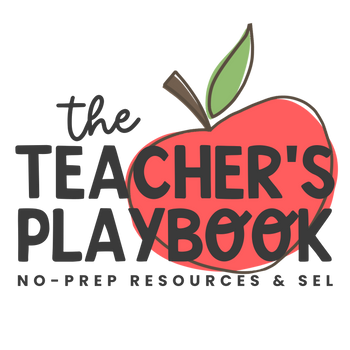Ever wondered if mindfulness is more than just a buzzword?
As teachers, we’re always on the hunt for strategies that truly make a difference in our classrooms. Turns out, mindfulness is one of them.
Studies show it doesn’t just help kids focus - it can transform classroom dynamics, improve behavior, and build emotional resilience. Let’s explore the research behind mindfulness in lower schools and why it’s become an essential tool for educators.
How Mindfulness Transforms Focus and Behavior in Students
Mindfulness, the practice of being fully present, has profound effects on the developing brains of young children. Research highlights several key benefits:- Improved Focus and Attention: Regular mindfulness practice enhances the prefrontal cortex, responsible for attention and decision-making. This means students can concentrate better and complete tasks more effectively.
- Reduced Anxiety and Stress: Mindfulness calms the amygdala, the brain’s alarm system, helping children feel less anxious and more secure in their learning environment.
- Enhanced Emotional Regulation: By teaching kids to notice and name their feelings, mindfulness helps them manage emotions like frustration, sadness, or anger.
- Better Behavior: Schools using mindfulness programs report fewer behavioral issues, improved peer relationships, and a more positive classroom atmosphere.
What Research Says About Mindfulness in Lower Schools
1. 2024 Study in Swiss Elementary Schools
A recent 2024 study conducted in Swiss elementary schools explored the effects of an 8-week school-based mindfulness training (SBMT) program. The study found:- Enhanced emotion regulation, social well-being, and emotional well-being among students.
- Improved program effectiveness with higher responsiveness and quality of delivery from educators.
2. Australian Research on Mindfulness and Resilience (2024)
Another 2024 study by the Australian Council for Educational Research examined primary school students practicing mindfulness techniques, such as meditation and breathing exercises. Findings included:- Significant improvements in focus, resilience, and emotional management.
- Teachers reported better learning environments and increased student engagement.
3. Mindfulness and Classroom Mental Health
A 2023 meta-analysis published in Educational Psychology Review reviewed recent mindfulness interventions in schools. Key takeaways were:- A noticeable decrease in students’ stress and anxiety levels.
- Strong correlations between mindfulness practices and enhanced academic performance and emotional stability.
Why Mindfulness Fits Naturally into Lower School Classrooms
Mindfulness is especially effective for younger students because it aligns with their developmental needs. Here’s why:- It’s Accessible: Mindfulness activities like deep breathing, guided visualizations, and simple body scans are easy for young children to grasp and practice.
- It’s Engaging: Exercises such as pretending to blow bubbles or listening to environmental sounds keep children interested while teaching them to focus.
- It Builds Lifelong Skills: Mindfulness lays the foundation for essential skills like self-awareness, patience, and empathy—benefits that extend far beyond the classroom.
Final Thoughts
The research is clear: mindfulness isn’t just effective - it’s transformative. It enhances focus, reduces anxiety, improves behavior, and builds essential social-emotional skills in students.
For teachers, it offers a proven way to create calmer, more connected classrooms where every child can thrive. The evidence strongly supports incorporating mindfulness as a foundational element in education.
What could mindfulness bring to your classroom? The results speak for themselves.

